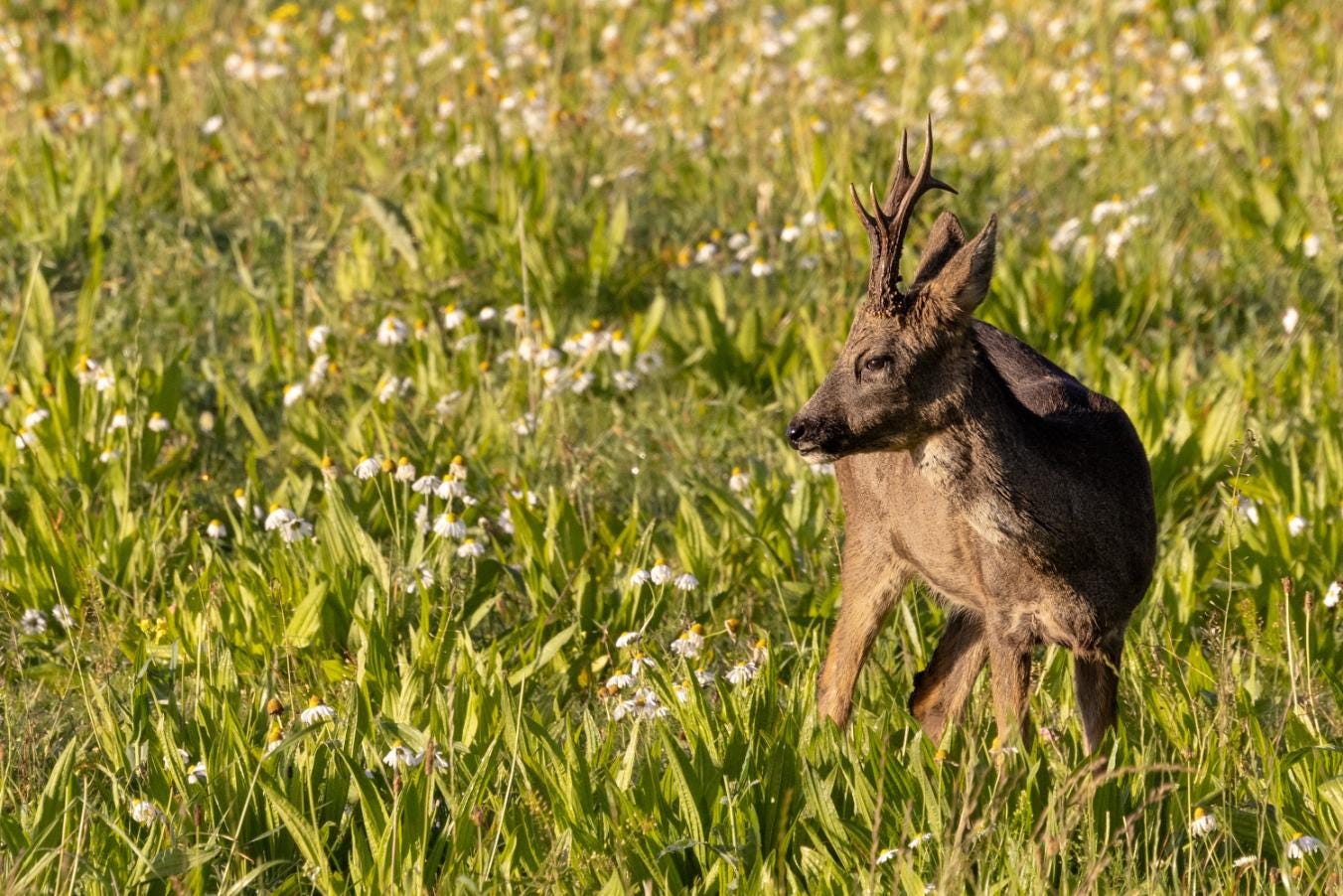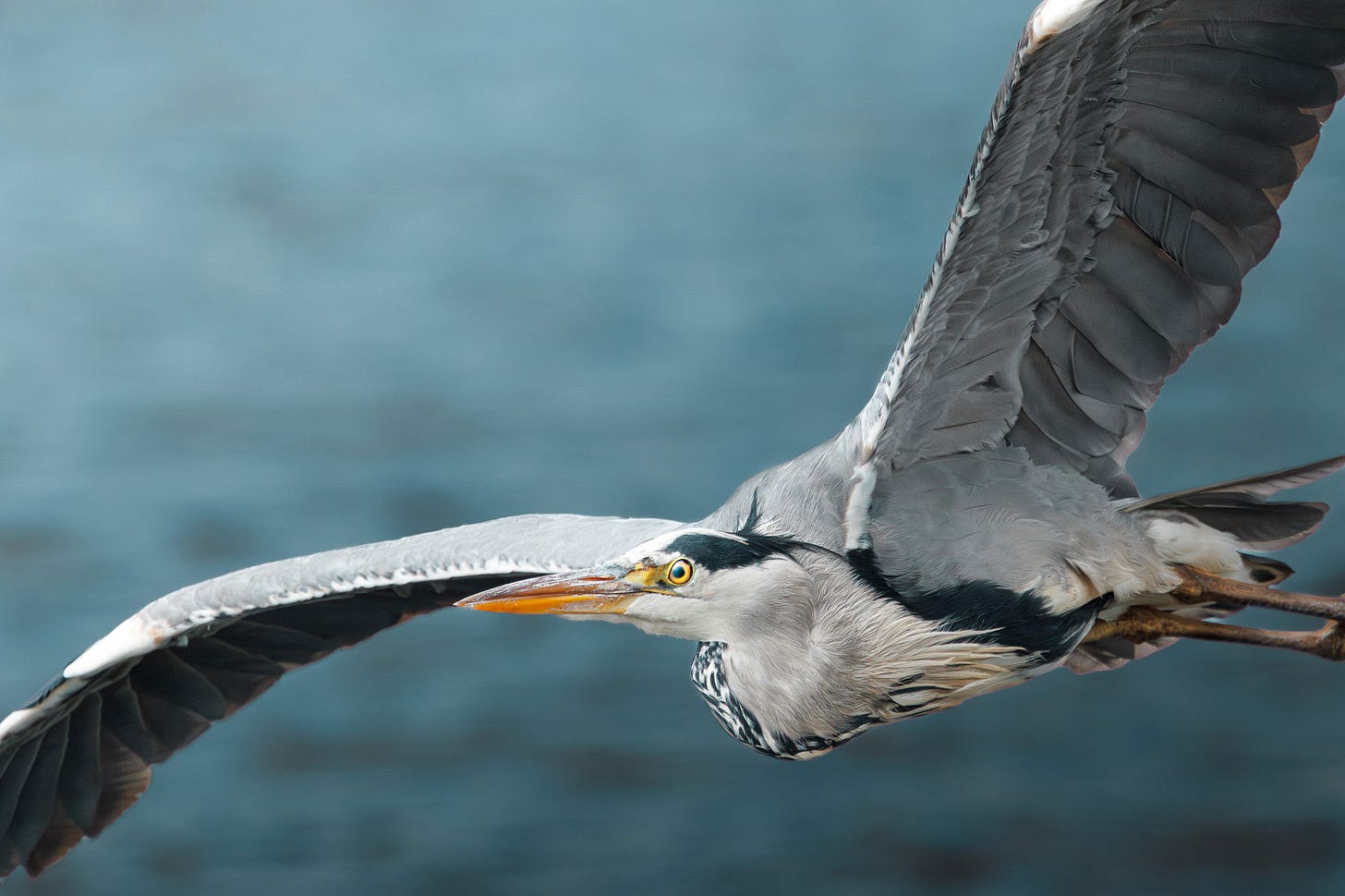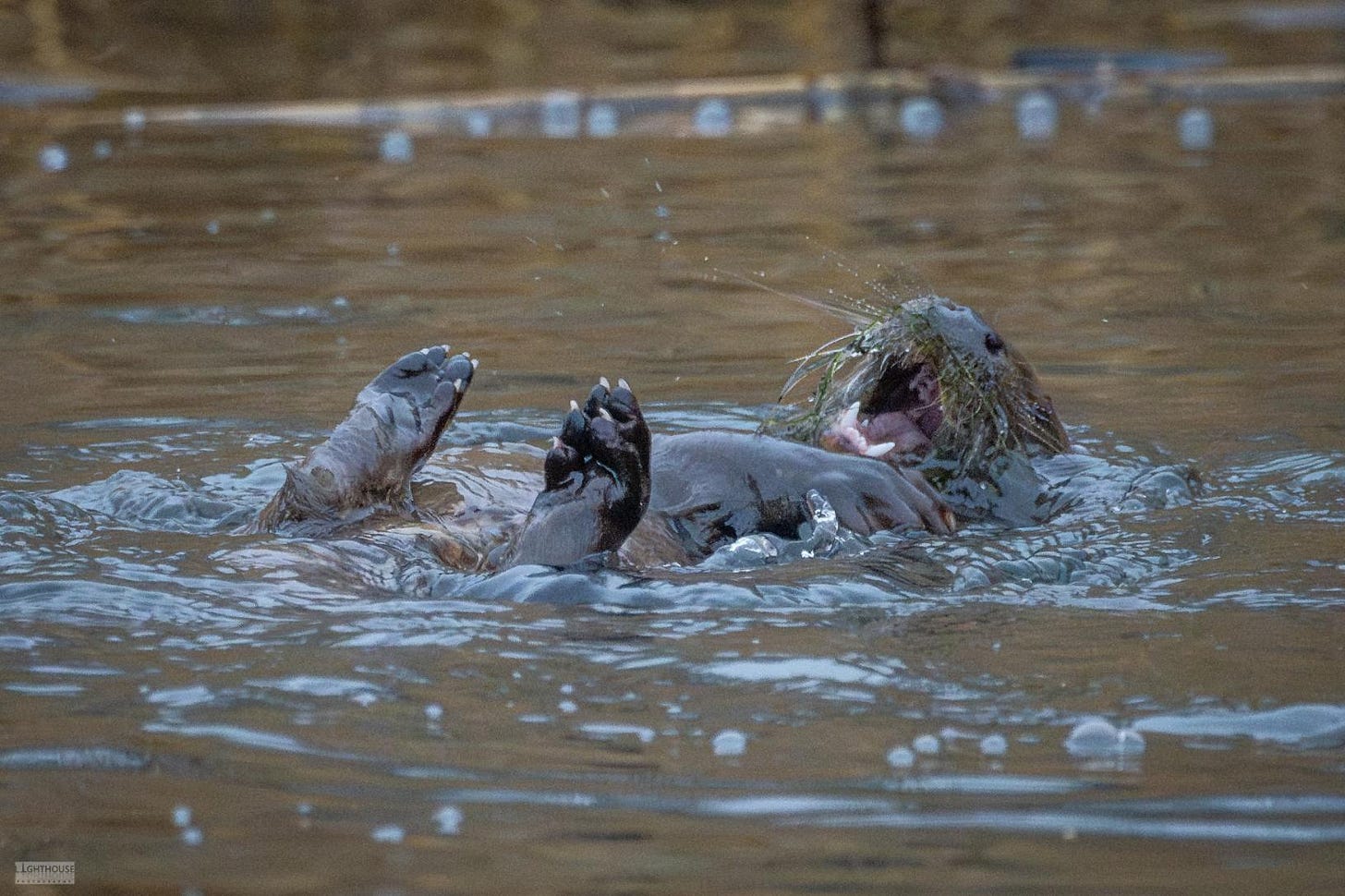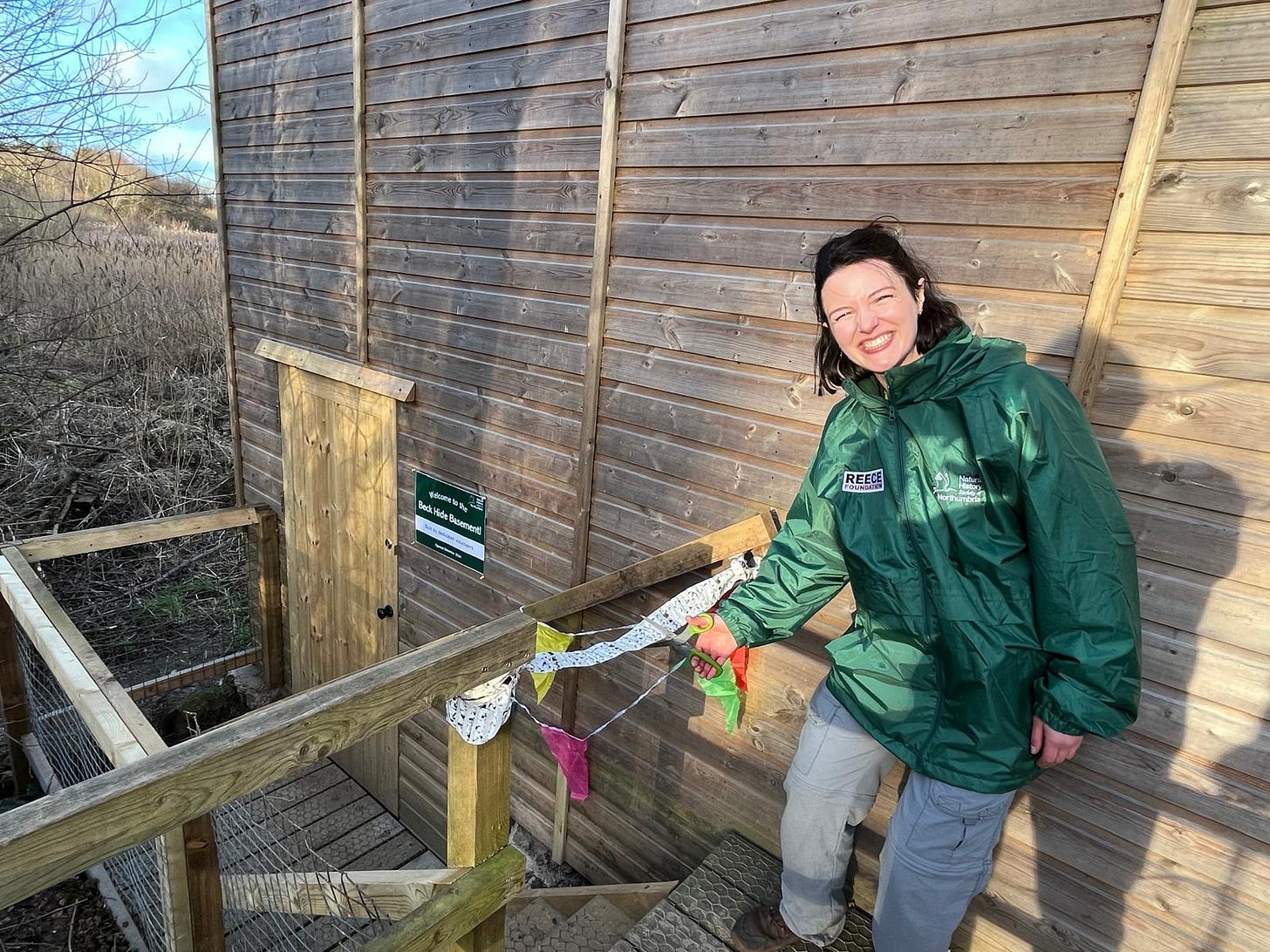Celebrating 100 years of sanctuary
A century ago one man’s generosity created what is now a sanctuary for wildlife which is paying rich dividends today. Tony Henderson marks the milestone with a display of visitors’ pictures from 2024.
Only three miles from Newcastle city centre wildlife is on parade for visitors who are reaping the rewards of a little-known nature lover 100 years ago.
Gosforth nature reserve, run by the Natural History Society of Northumbria, is an especial pull for wildlife photographers for whom 2024 was a productive year.
As 1924 slipped into the history books, far-sighted society member W E Beck had purchased the lease of the shooting rights over Gosforth Park in Newcastle from the owners, the High Gosforth Park Company.
This was the beginning of the Gosforth Park bird sanctuary - now Gosforth Nature Reserve.
In 1929, when ill-health forced Mr Beck to give up the rights, they were taken over by the society honorary secretaries, and the reserve with its lake, reed beds and woodland has been managed for wildlife by the society ever since.
The celebration of the centenary of Mr Beck’s legacy has been one of the highlights of the society’s year.
Just how important that has been is illustrated by the fact that more than 1,600 species have been recorded on the 61-hectare reserve - a site of special scientific interest.
“We owe Mr Beck a huge thank you for protecting such a rich and valuable wildlife site so that today we can work with and involve so many children and community groups. We are now the biggest and most active natural history society in the country,” said society director Clare Freeman.
In 1951 work had begun to make use of the reserve to inspire local school children. Tony Tynan, curator of the Hancock Museum, introduced nature trails in 1964 for children and introducing youngsters to nature has become a growing activity.
This led to the opening in 2022 of a Field Studies Room to welcome school and community groups.
“The North East is the region where children have the least opportunities to connect with nature and one of our key priorities is to make that connection,” said Clare.
The society has launched a Young Naturalists Appeal to raise £10,000 to provide help and encouragement for young people to enjoy and protect the region’s wildlife and wild places.
The fund will provide nature study bags, field study at the reserve, an expert-led field trip and visits to the region’s best wildlife sites, with the society pledging £5,000 to match individual donations.
Cheques made payable to NHSN can be posted to NHSN at Hancock Museum, Newcastle, NE2 4PT or donations can be made online at here.
Observations from the reserve are among almost 12,000 sightings of bees as part of a society project which is now entering its fifth year. The Great Bee Hunt, involving hundreds of recorders, has logged 95 bee species so far in the region.
The land which now forms the reserve was part of a 250-acre landscaped park created by the Brandling family when they built their grand High Gosforth House around 1760.
The estate was bought by the Gosforth Park company in 1880. In 1918. Mr Beck was chairman of field meetings for the society.
Preferring to remain anonymous, he received an honourable mention in the society’s archives:
“Gosforth Park woods and lake have been turned into a bird sanctuary.
“This gentleman has rented the shooting rights of the entire park and given strict instructions to the police and keepers that no guns are to be used in the precincts and that the birds are not to be molested in any way.
“It would be difficult, if not impossible, to duplicate this ideal locality for a sanctuary within easy reach of Newcastle, and the generosity expressed by this magnificent effort should be highly appreciated by the society and the public at large.
“Various species of duck in large numbers and other water birds have made the lake their headquarters during winter and it is hoped that their freedom from molestation will entice some of them to remain and breed there.”
Research has revealed W E Beck was almost certainly William Edward Beck born in 1856 in Newcastle, who was a slate merchant and lived near the Hancock Museum, which was evidently an important part of his life.
After retirement he seems to have devoted himself to the life of an amateur naturalist and was an active member of the Natural History Society of Northumbria, becoming a vice-president.
He died in 1930, aged 74.
A hide at the nature reserve, which opened in 2020, is named after him and volunteers have just created a third level in the structure to benefit wildlife photographers.
Reserve access is free to society members and visitors can buy a £6 day pass and explore several hides, boardwalks and secluded trails.
Volunteers set up a bird ringing Constant Effort Site to monitor changes in bird populations and productivity from year to year.
This year it has been confirmed that Little Egrets, which have been moving north in line with climate change, have bred at the reserve for the first time.
The reserve also helps in flood prevention downstream from the Ouseburn by absorbing water in times of heavy rainfall.








